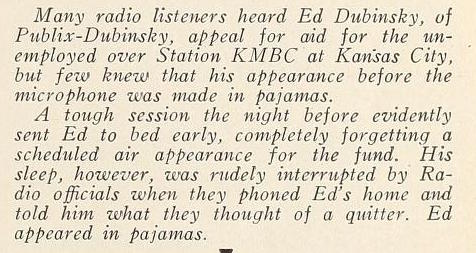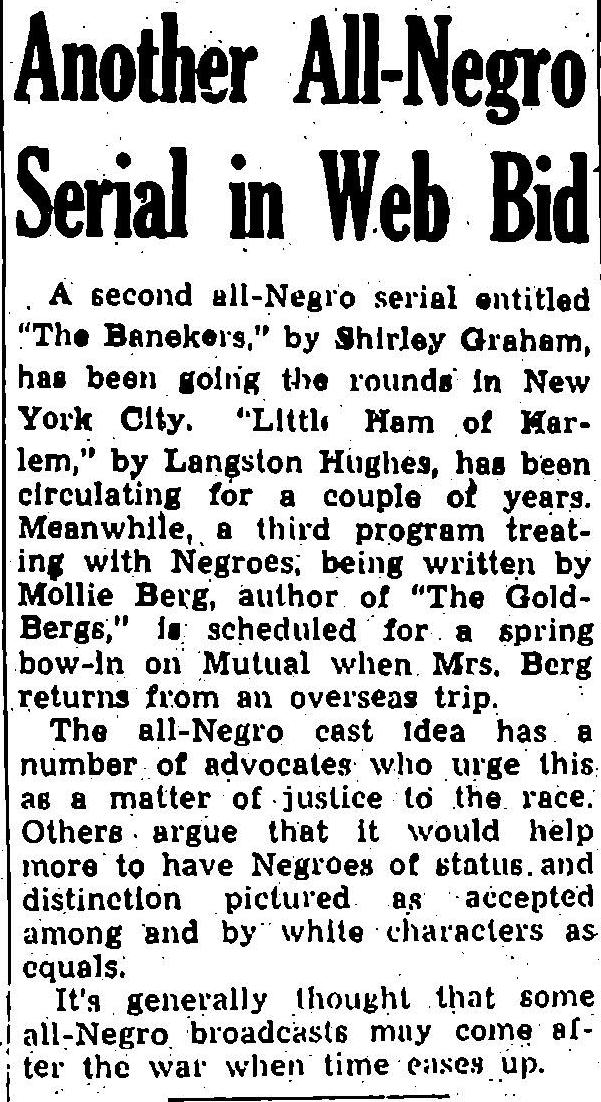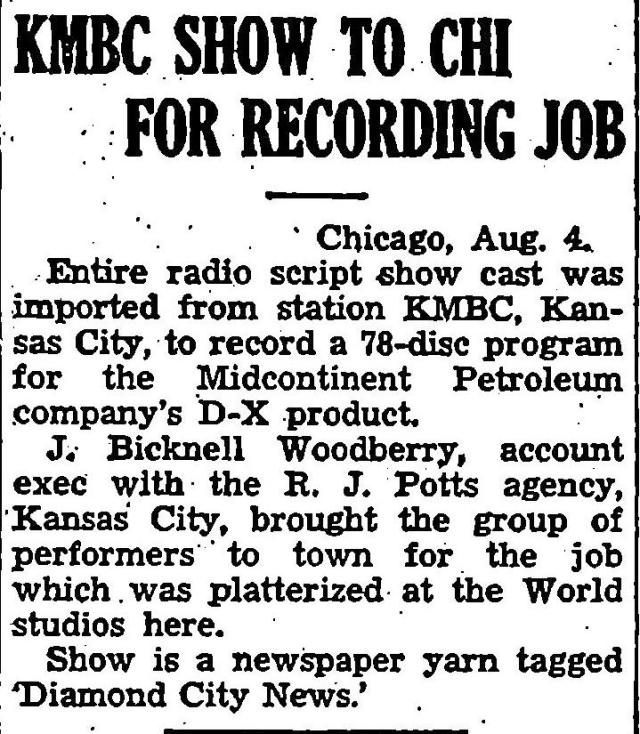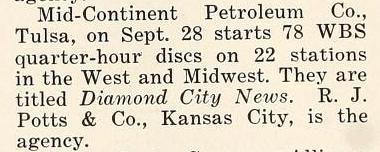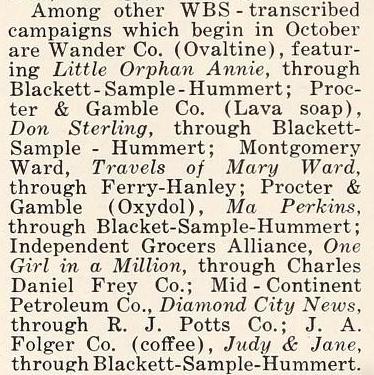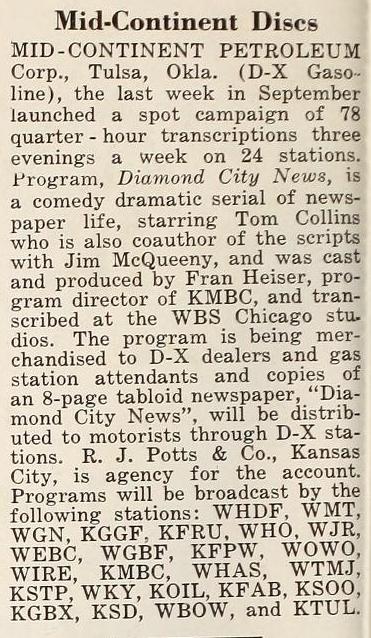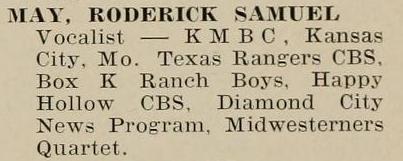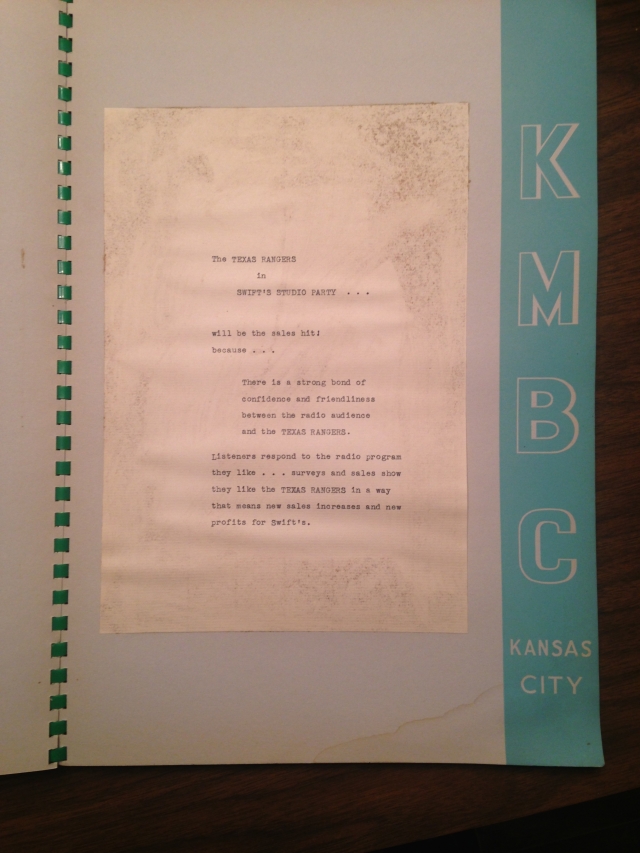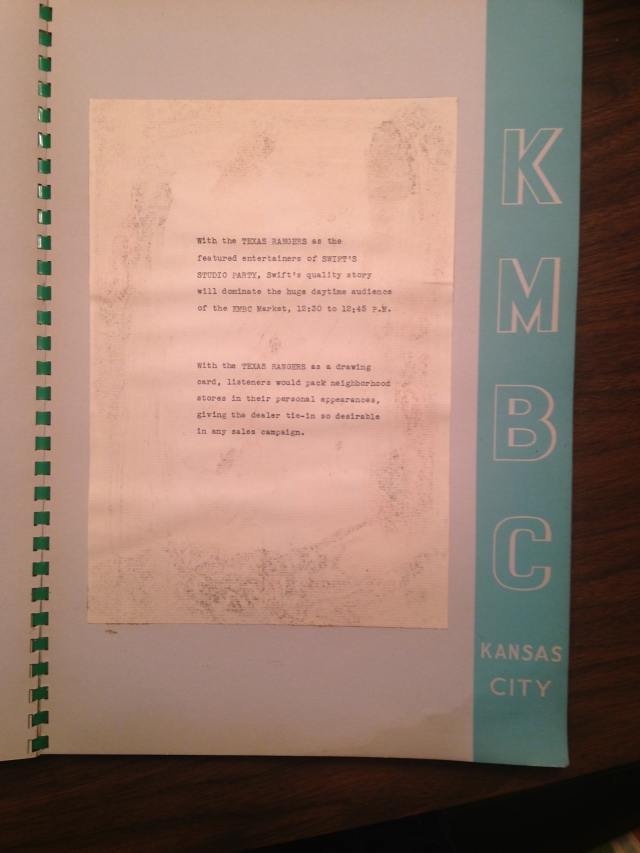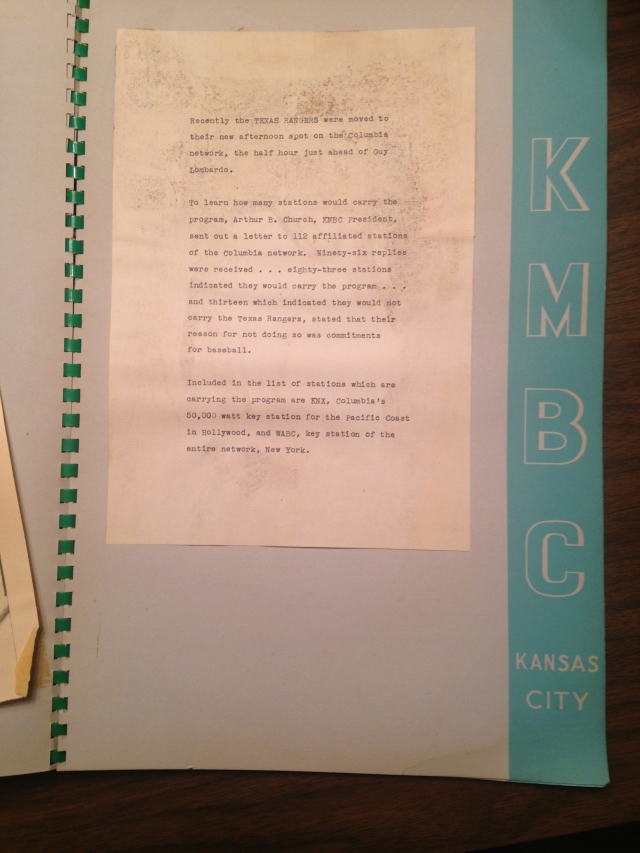The first black Kansan to entertain regularly over the air may have been George Hamilton, Jr., a native of Topeka. Hamilton was a 1922 graduate of the University of Kansas’ law program and reported to be the first university debate team’s first African-American member. After finishing at KU Hamilton worked for the university’s extension department. His travels took him to Minnesota’s Twin Cities where he and his wife settled; Hamilton eventually found his way on to radio. In 1925 was broadcasting a children’s program every day at 5:30 over WCCO, a St. Paul station. The name of the show has not been preserved but its content included a variety of entertainment such as jokes, riddles, songs, and stories, fare typical of the era’s broadcasts.5
Two musical performers with Kansas roots, Orlando Roberson and Eva Jessye, emerged on radio in 1927. The lesser known of the pair, Orlando Roberson, was a graduate of the University of Kansas reported writer Ralph Matthews in a 1932 issue of The Baltimore Afro-American. It’s possible Roberson was born in Kansas; Matthews cites Kansas City as his birthplace but the Grove Music online database claims Roberson was from Tulsa, OK. Regardless, Matthews states that Roberson studied medicine at KU but didn’t finish his studies, instead ending up in show business. Earl Morris of The Pittsburgh Courier confirmed this KU connection in a 1937 column.6
Roberson debuted on an unknown Kansas City station in 1927, just one year after the formation of NBC. During this time many African-American jazz musicians were beginning to find radio opportunities. Roberson eventually made his way to Chicago where he sang with Sammy Stewart’s Orchestra. His most notable radio work came as a singer with Claude Hopkins’ during the 1930s. The group was a regular on New York-area radio by 1932 and in 1934 was still being featured on the program Harlem Serenade alongside Fats Waller on station WABC.7

